The Language of The Last Dragon
The era of The Last Dragon would be mid-11th century. But, I did not write an historical piece. This is not set in England, as many fantasy stories are. It is a fictitious land where Kings rule their domains and do not answer to a higher King.
To give the impression of the era, I set some scenes in a tiny village with an Abbey, monks and a Sheriff. Then I went a bit deeper and wrote it in a more formal tone.
I truly had to watch that I did not slip any current slang into medieval conversations. Two knights would not greet each other with, “Whass up, bro?”
Example
With a jubilant spring in her step, Derry hurried along the cool sand to the path leading up the side of the cliff. On one of her afternoon searches for firewood she’d noticed a patch of late summer berries. If the birds hadn't ravaged it, there would be a sweet treat for breakfast.
I did not name the berries and left it to the reader to guess which fruit it was. Why? Because what we call the fruit in 2020 is not necessarily the same name they had a 1,000 yrs ago.
Prince Hawkyns uses a very formal tone of voice to distinguish him as being of noble birth.
Example
Blood boiling, Hawkyns spun to face the speaker. “I am a knight. I would never kill someone from the back.” He stepped into the space of the man. “If the scoundrel were running, I would catch him, turn him around and let him watch as I slay his vile self.”
Scenery and costumes play a big part, but words and tone can help settle the reader in to the period of the story.
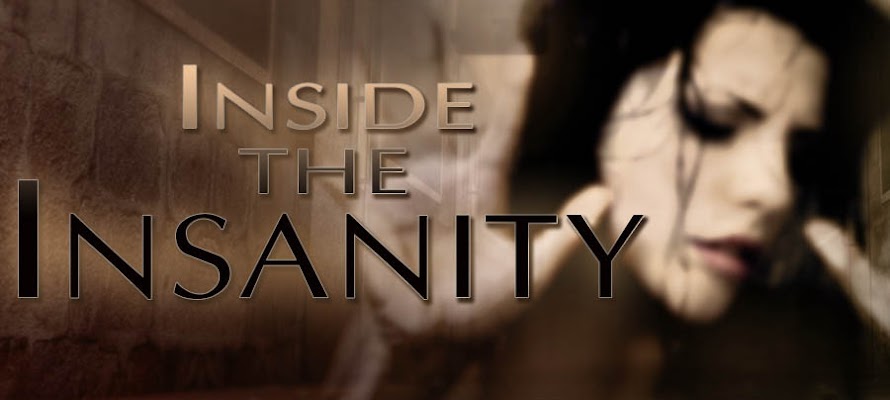
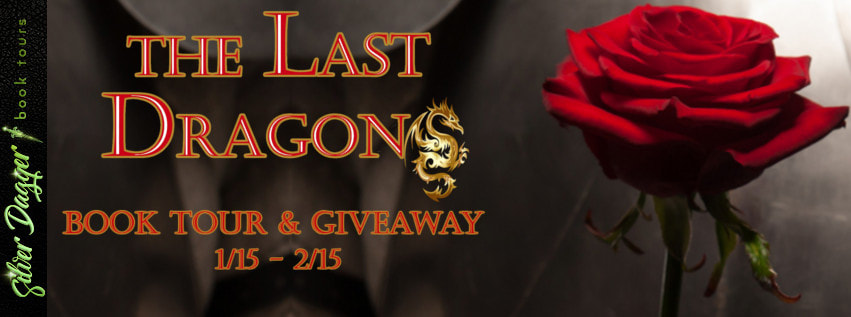
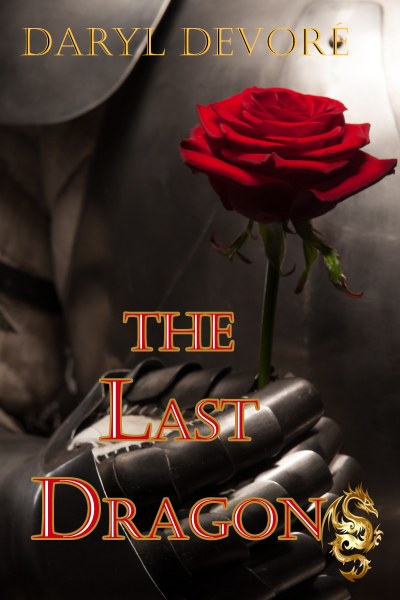
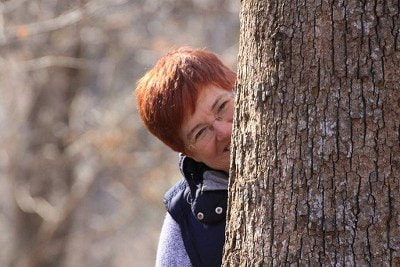

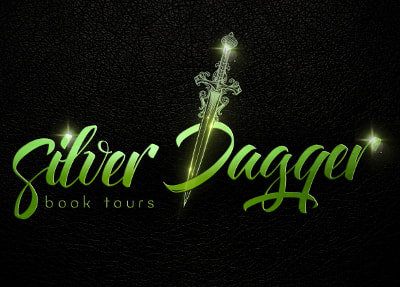
Thank you for spotlighting my latest - The Last Dragon.
ReplyDeleteTweeted.
Great post thankyyou
ReplyDelete